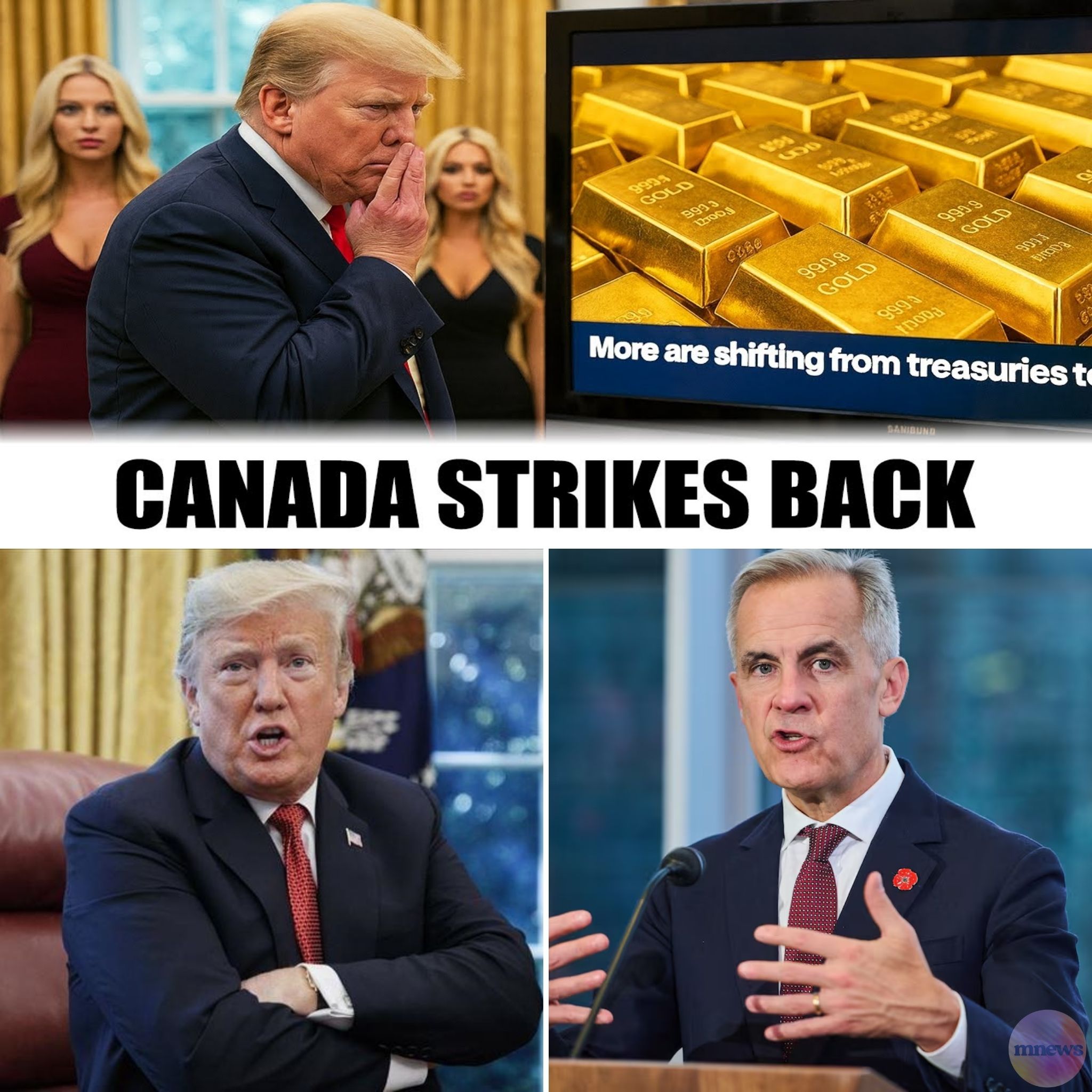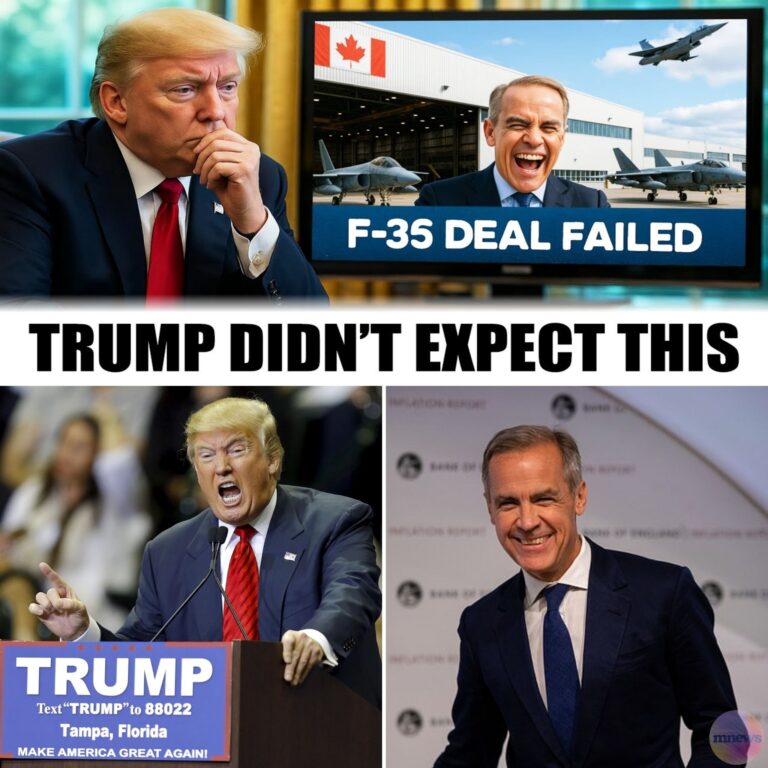In a dramatic escalation of trade tensions, President Trump has signed an executive order aimed at alleviating the impact of his tariffs on the automotive industry, while simultaneously announcing a staggering increase in steel import tariffs from 25% to 50%. This bold move has sent shockwaves through global markets, particularly affecting gold trading, as Canada, China, and Brazil lead a significant sell-off of U.S. Treasury bonds, reallocating their reserves toward gold as a hedge against economic uncertainty.

The announcement comes amid a backdrop of rising costs for U.S. manufacturers, who are grappling with increased prices for essential materials due to the tariffs. The automotive sector, already under pressure, faces a dual threat: soaring input costs and climbing financing expenses as yields on U.S. Treasuries rise in response to diminished demand. This combination is not just a headline issue; it reverberates through supply chains and household budgets, making cars less affordable for American consumers.
Gold has emerged as a haven amid these turbulent times, with central banks ramping up purchases to diversify their portfolios and mitigate risks associated with U.S. sanctions and policy volatility. The implications of this shift are profound, as the traditional dominance of U.S. Treasuries in global reserves faces challenges from heightened geopolitical tensions and the desire for more stable assets.
Canada’s response illustrates the delicate balance of protecting domestic industries while ensuring smooth trade relations with the U.S. Fluctuations in Canadian Treasury holdings signal a strategic pivot, as policymakers seek to reduce exposure to U.S. policy shifts while maintaining robust domestic investment.
China’s approach is equally calculated, as it gradually reduces its Treasury holdings in favor of gold and alternative payment systems, aiming for greater autonomy in the face of potential sanctions. This strategy reflects a broader trend among nations seeking to insulate themselves from the volatility of U.S. economic policy.
Brazil’s actions further underscore the global shift, as the country seeks to stabilize its reserves amid fluctuating commodity prices and a focus on diversifying its asset mix. The emphasis on gold highlights a collective understanding among these nations: reliance on a single asset class poses significant risks in an unpredictable geopolitical landscape.
As the U.S. grapples with the fallout from these tariffs, the message is clear: the era of unquestioned demand for U.S. Treasuries may be fading. To finance its growing deficits, the U.S. may need to offer higher yields, which will inevitably ripple through credit markets and impact everything from auto loans to consumer financing.
In this rapidly evolving economic landscape, the stakes are high. The decisions made by Canada, China, and Brazil serve as a wake-up call for U.S. policymakers. The need for stability, transparency, and predictability has never been more urgent. As the global economy recalibrates, the implications of these tariff policies will be felt far beyond the factory floor, shaping the financial landscape for years to come.





